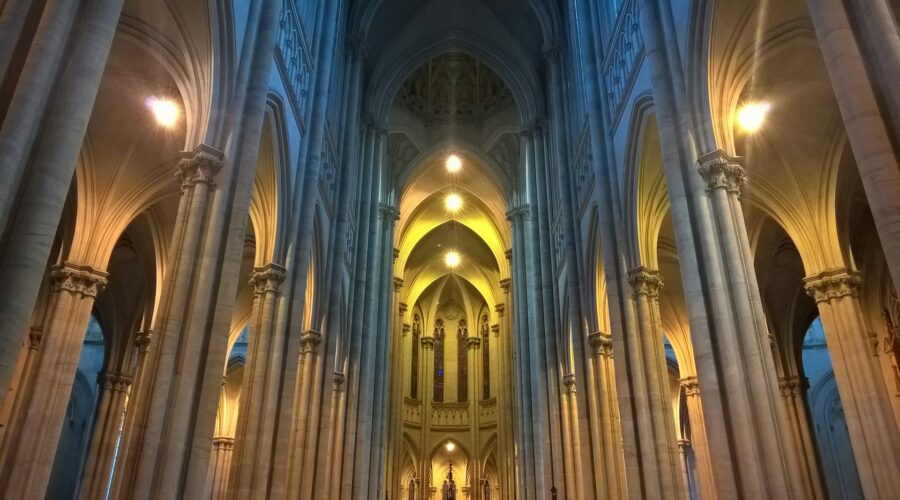Your cart is currently empty!
Mass Church: A Comprehensive Guide

Introduction
Mass is a central practice in Christianity, a sacrament that plays a vital role in the spiritual lives of millions around the world. It is a communal celebration presided over by a priest or bishop, and its origins can be traced back to the New Testament era.
This comprehensive guide will delve into the history, structure, and meaning of mass church. We will explore its theological significance, its role in the liturgical calendar, and practical aspects that enhance participation in this sacred ritual.
History and Origins
Early Christianity
The roots of mass can be found in the early Christian communities. The first followers of Jesus gathered to break bread and share wine, commemorating his Last Supper with his disciples. These gatherings eventually evolved into the Eucharistic celebrations that became known as masses.
Development in the Middle Ages
During the Middle Ages, mass underwent significant liturgical developments. The Roman Catholic Church standardized the structure and form of the service, adding elements like the Kyrie, Gloria, and Creed.
The Structure of Mass Church
The mass is a highly structured ceremony with two main parts: the Liturgy of the Word and the Liturgy of the Eucharist.
Liturgy of the Word
- Introductory Rites (Gatherings, Penitential Act, Gloria)
- Liturgy of the Word (Readings, Responsory Psalm, Homily, Creed)
Liturgy of the Eucharist
- Prayer of the Faithful
- Offertory (Presentation of the Gifts)
- Eucharistic Prayer (Consecration)
- Lord’s Prayer, Sign of Peace
- Distribution of Communion
- Concluding Rites (Blessing, Dismissal)
Theological Significance of Mass
- Memorial of the Last Supper: Mass is a reenactment of Jesus’ final meal with his disciples, where he instituted the Eucharist.
- Real Presence of Christ: Catholics believe that during the consecration, the bread and wine become the body and blood of Christ.
- Source of Grace: Mass is a means through which believers can receive forgiveness, strength, and nourishment.
- Community Building: Mass brings the Christian community together, fostering fellowship and unity.
The Liturgical Calendar
The mass is celebrated throughout the liturgical calendar, which follows the yearly cycle of Christian feasts and seasons.
- Advent: Prepares for the birth of Christ.
- Christmas: Celebrates the birth of Jesus.
- Lent: Time for penance and reflection before Easter.
- Easter: Commemorates the resurrection of Jesus.
Practical Aspects of Mass
Attendance
- It is recommended to arrive early for mass to allow for a prayerful preparation.
- Appropriate attire is encouraged, showing respect for the sacredness of the occasion.
- During mass, it is customary to follow the actions and responses provided in the missal or bulletin.
Active Participation
- Prayer: Mass is a time for prayer and devotion, lifting up petitions and giving thanks to God.
- Music: Music plays an essential role in the liturgy, enhancing the prayerful atmosphere.
- Service: There are opportunities to serve in the liturgy, such as reading, assisting with communion, and welcoming newcomers.
Conclusion
Mass is a foundational element in Christian life, offering a deep connection with God, the Church, and the community.
By understanding its history, structure, and theological significance, we can participate in this sacred ritual more fully and reap its spiritual benefits. Whether you are a seasoned practitioner or seeking a deeper understanding, may this guide empower you to engage in the mass with a renewed sense of reverence and devotion.